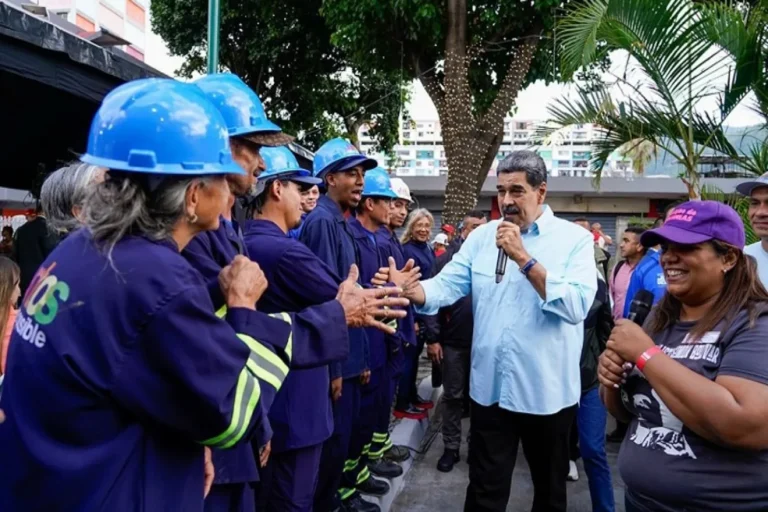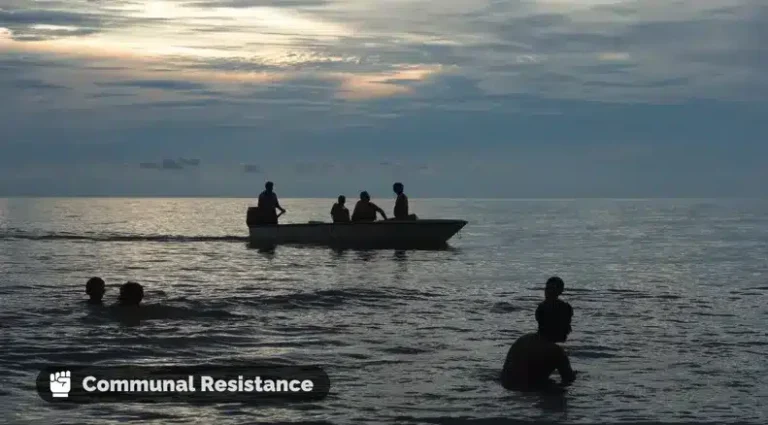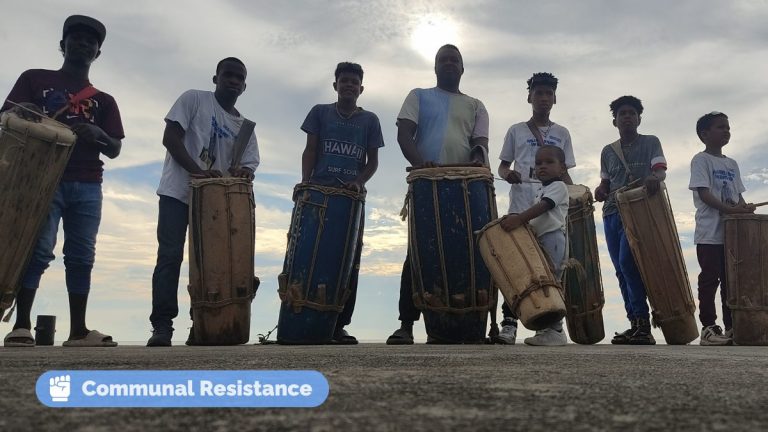President Maduro Proposes Commune-Based Electoral System
President Nicolás Maduro visited the Simón Bolívar Socialist Commune in Caracas’s 23 de Enero parish Thursday, where he praised Venezuela’s communal democracy as direct and real and called for a new electoral system rooted in the communes.
He announced that “starting with the next popular consultation, in addition to the prizes for the most active communes, the most-voted communal circuit in each state will automatically have all seven projects submitted by the community approved”—meaning they will receive state funding.















